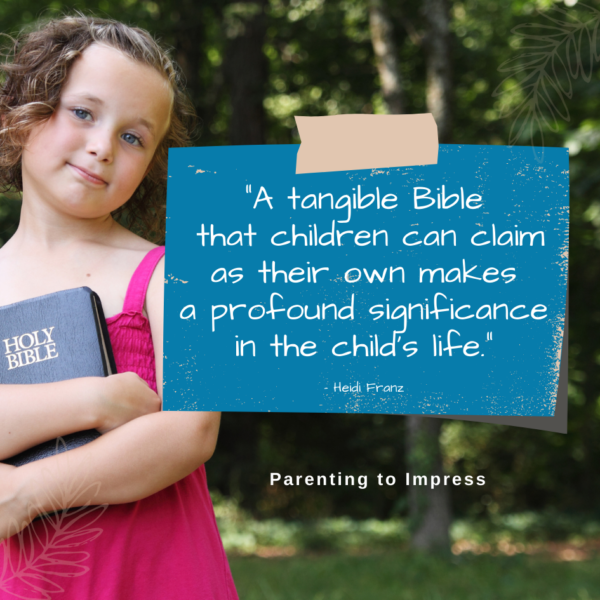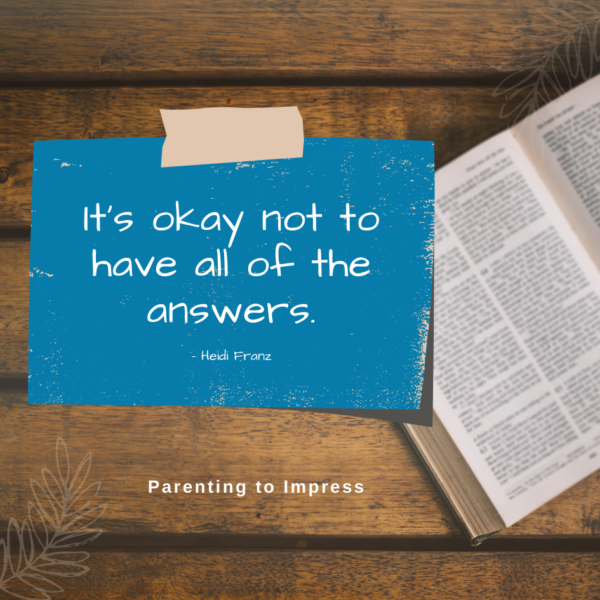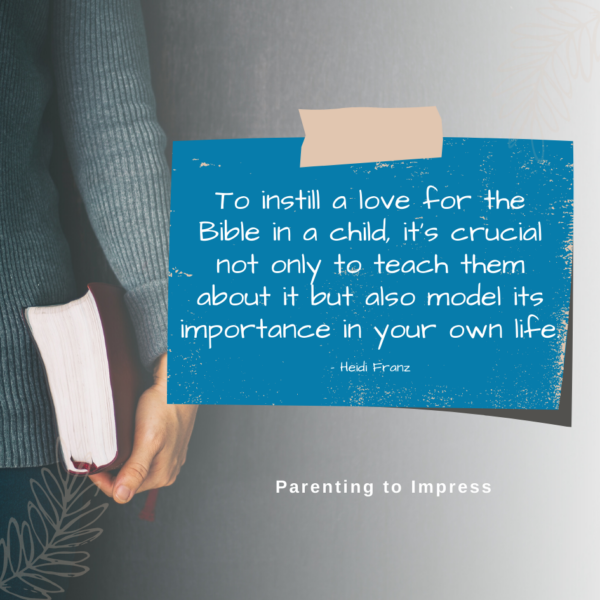One of the most fulfilling parental journeys is guiding your child toward a deep and meaningful relationship with the Bible. It’s not merely about getting them to read the Bible; it’s about cultivating a lifelong love for God’s Word that will serve as a firm foundation for their spiritual growth. Let’s dive into some hands-on activities, practical tips, and useful strategies to do just that from toddlerhood to adolescence.
▼ Jump to Listen to Episode #48: Cultivating a Lifelong Love for the Bible ▼

The Bible During the Preschool Years
From the earliest years, instilling a love for the Bible can begin with simple activities. Reading a quality children’s Bible to your child at mealtimes or bedtime is an excellent start. This simple activity helps children familiarize themselves with the stories and characters of the Bible. Moreover, giving your child an age-appropriate Bible that they can call their own can significantly boost their interest and personal connection to God’s Word.
The Bible During the Elementary Years
As children grow into the elementary years, their relationship with the Bible can further develop through various engaging activities. For example, using a learn-to-read Bible with pictures can be an effective tool in enhancing their understanding of scripture. Asking questions about the Bible stories and encouraging your child to do the same can stimulate their critical thinking and deepen their comprehension of the text.
Questions like:
- What did _____ do correctly in this story? What bad choice did _____ make in this story?
- What would you have done?
- What was your favorite part of this story?

The Bible During the Preteen and Teen Years
When it comes to preteens and teens, fostering a lasting love for God’s Word can be more challenging. However, it’s also an opportunity to further cultivate their personal relationship with the Bible. One strategy is to provide teens with resources that resonate with them. Who is a Christian leader that they admire? What is a topic (sports, art, etc.) that they enjoy? Provide books, podcasts, and devos among these topics. Here is a list of some of my favorite girl’s studies. Providing them with various tools like an audio Bible app, journaling Bible, coloring Bible, or an easier-to-read Bible version (e.g. NIV, NLT) can help ignite their interest.
Encourage your child to ask questions about their faith and provide an environment where they feel free to do so. Yes, even the hard questions. Don’t assume or place adult feelings on children but use return questions like “What do you think?” or “Tell me why you think that.” You don’t have to have all of the answers and it’s okay to tell your child, “I don’t know, but I’d love to research that with you.”

When They Don’t Want to Read the Bible
Dealing with resistance from children who do not want to read the Bible can be challenging. But it’s not hopeless. Begin with understanding why they resist. Is it that they are confused by what they read in the Bible? Is it that you are putting expectations that they don’t feel are obtainable? There is a fine line between holding a child accountable and nagging them.
Ultimately, your goal is to help your child develop a personal relationship with the Bible. This requires not only teaching them about the Bible but also modeling its importance. Let them see you reading the Bible, seeking wisdom from it, and living out its teachings. After all, the most impactful lessons are those lived out. If you are unsure how to study the Bible, check out these resources.
Raising a child to become a lifelong lover of God’s Word is a journey filled with delightful discoveries and learning experiences. It requires patience, creativity, and a deep love for God’s Word. Remember, your goal is not just to teach them about the Bible, but to guide them towards a fulfilling relationship with it that will nurture their faith and guide them throughout their lives. Then cover all of this in prayer asking that their hearts be softened to the truth of God’s Word.
#48: Cultivating a Lifelong Love for the Bible: A Parent’s Guide from Toddlers to Teens
Listen for more tips or read the transcript.
